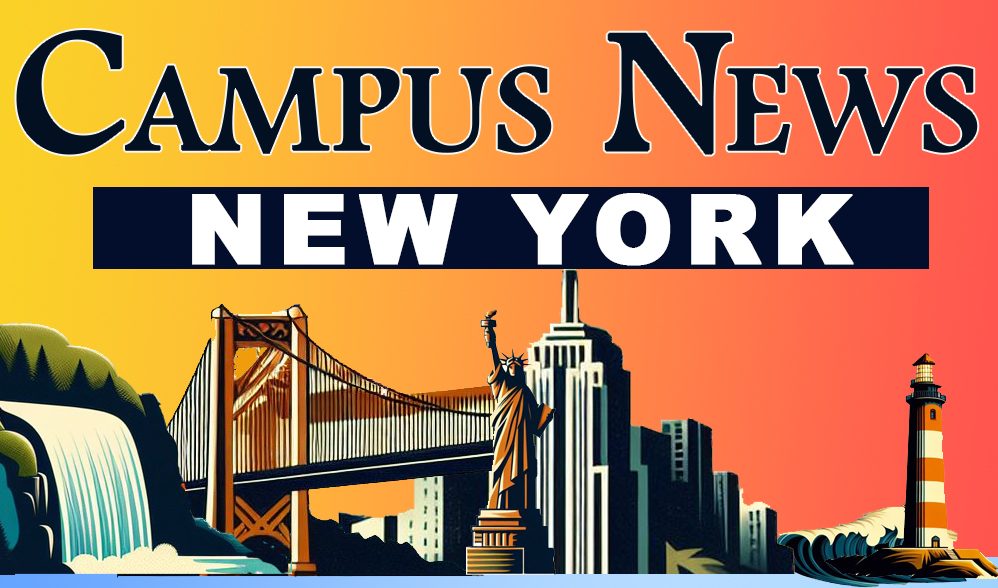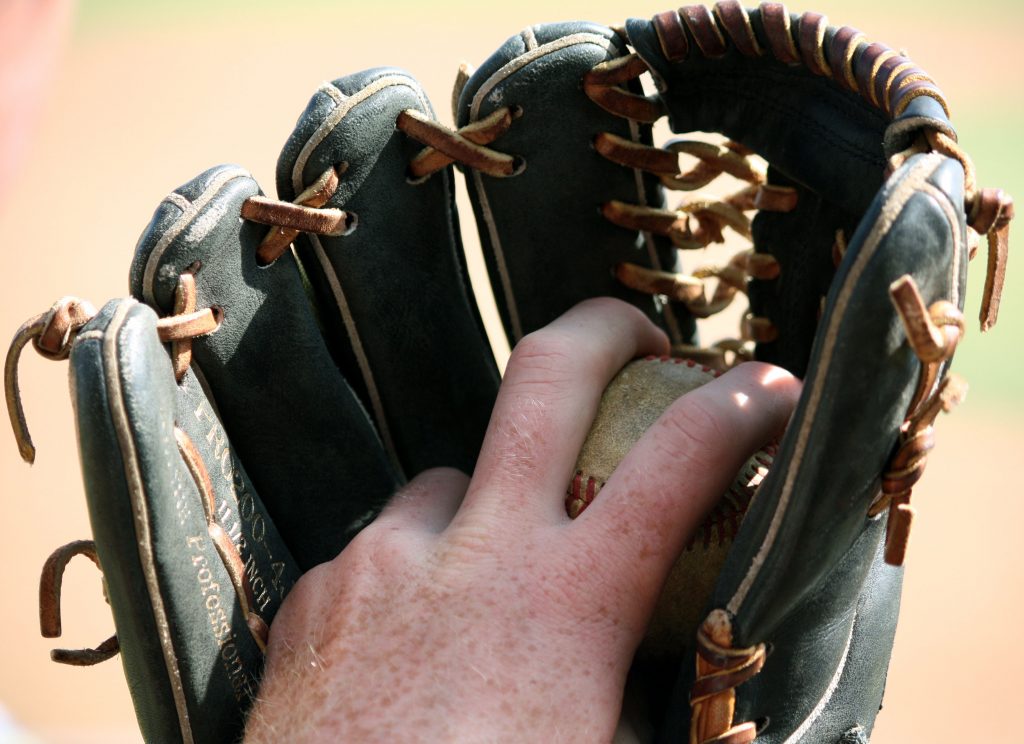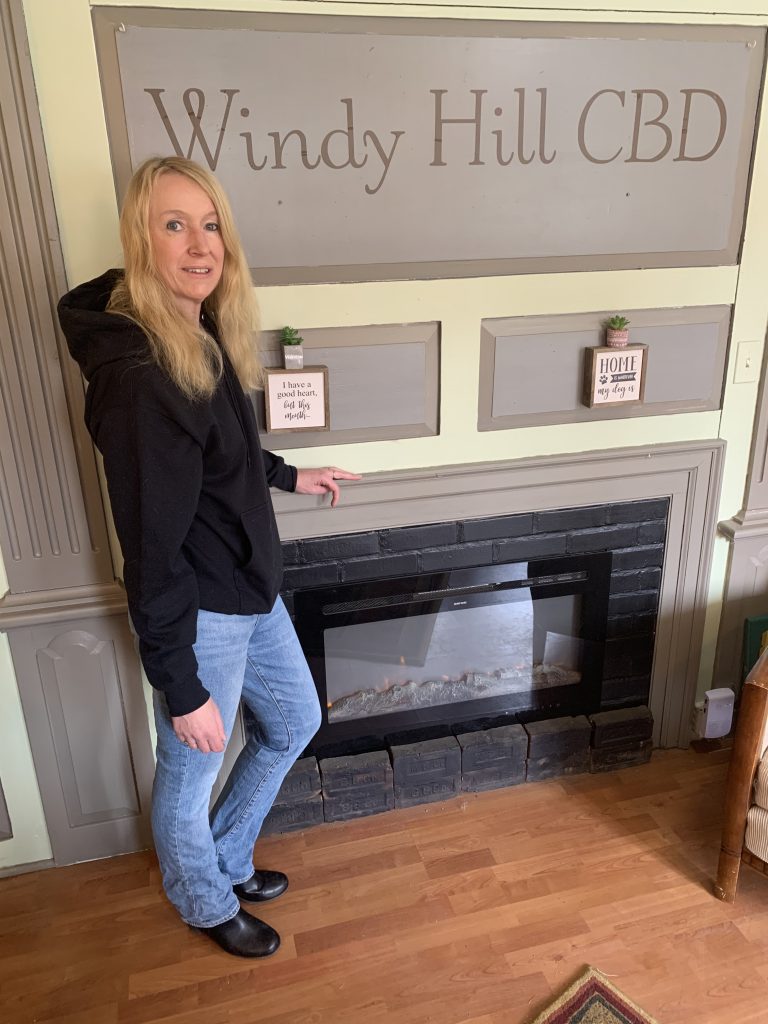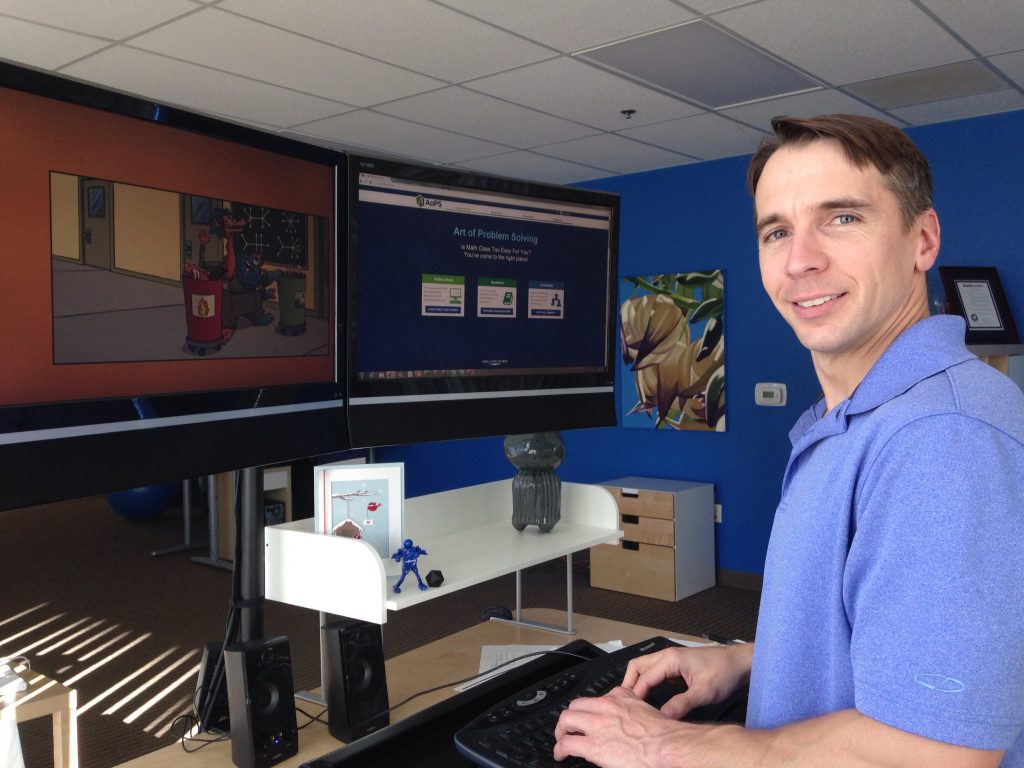Alex Wieckowski
Campus News
To drink coffee or not drink coffee, that is the question.
With the constant expansion of coffee stores and cafes onto college campuses, college students have easier access to coffee than ever before. But, should students drink coffee and if so how much is too much?
It’s no surprise that Americans love to drink coffee. As the famous Dunkin’ Donuts slogan goes, “America runs on coffee.” However, each cup of joe has a drug called caffeine, which like all drugs, has both positive and negative effects depending on the dosage.
Caffeine, in fact, is the most widely used drug in the world. And as with all drugs, has the potential to become addictive and harmful.
Consuming caffeine temporarily boosts blood pressure, however, if this boost occurs over and over again, it increases the person’s risk of heart disease. Caffeine also causes dehydration and studies show it could interfere with calcium absorption.
Furthermore, as with most drugs, people build resistance to the tolerance level over time. The more a student drinks caffeinated drinks such as coffee, the more caffeine they will need to feel energized. This can lead to students becoming coffee dependent and requiring three or more cups of coffee a day to function. When a person becomes addicted to caffeine and they don’t get their fix, they will experience withdrawal symptoms such as headache, fatigue and insomnia.
Too much caffeine can also lead to physical and mental long-term problems including stomach ulcers, acid reflux, sleep disorders, depression and anxiety. With all these negative side effects, one might wonder why college students drink so much coffee.
The answer lies in the chemistry of coffee. Consuming caffeine ignites a chemical reaction in the body similar to an immediate rush of adrenaline. As a result, the consumer is more focused, alert and energized.
This heightened state is incredibly beneficial to students who need to study for an exam, participate in class or work on a team project. A large number of students go to school and work part time jobs requiring them to be alert and focused for long periods of time. However, this state is temporary, and the consumer often experiences a crash afterwards and drifts to a more sluggish state.
The key to caffeine, then, is moderation.
People can experience the benefits of caffeine in doses as small as 25 to 50 milligrams of coffee a day, or one cup of tea. However, no one should go over 250 milligrams–the equivalent of two cups of coffee in one day.
For new college students that want to start drinking coffee, the task of ordering a cup of coffee can be overwhelming. Coffee shops such as Starbucks are infamous for their hard to order drinks with a near infinite amount of options.
Unlike most stores that have a small, medium and large, Starbucks has a tall which is equivalent to 12 oz, a grande is 16 oz, and a venti is 20 oz. Most drinks come in both hot or iced, and can be ordered with caramel, vanilla, or hazelnut syrup.
And when it comes to milk, there is no shortage of options. There’s nonfat, 2% milk, soymilk, and half-and-half are the available milk options. Starbucks also carries milks such as almond or coconut milk.
Starbucks also offers lattes, americanos, cappuccinos, macchiatos and mochas. Although all of the drinks contain coffee, there are slight variations to each one.
Lattes are a basic espresso drink made out of steamed milk and espresso shots. Americanos are made with espresso and water only and have one extra shot more than any other drink. Cappuccinos come with an espresso and approximately equal parts foamed and steamed milk.
Macchiatos have the espresso poured over the top, instead of being stirred into the drink. Mochas are lattes–milk and espresso–with the addition of chocolate. Milk chocolate and white chocolate are two popular flavors.
Another popular drink is the frappuccino, which is a blended drink, typically made with coffee. Starbucks also has a wide range of teas that can be ordered either hot or cold.
Students should be aware that most of the pricier drinks at Starbucks are the specialty drinks. A tall iced caramel frappuccino in New York City can cost almost five dollars while a tall black coffee will cost under three dollars. It may not seem like much, but if a student orders coffee every weekday, it can add up to around $25 per week or $1,300 a year. Certain drinks are also loaded with sugar, so consumers should take nutritional information into consideration before ordering their drink.
For students looking for alternatives to coffee, there are several options. Herbal teas often have less caffeine than coffee and have antioxidants. Certain teas contain ginseng, which is known to increase mental and physical energy. To maintain a supply of energy naturally, it is recommended to drink lots of water, exercise regularly, and get the necessary hours of required sleep.







Facebook Comments